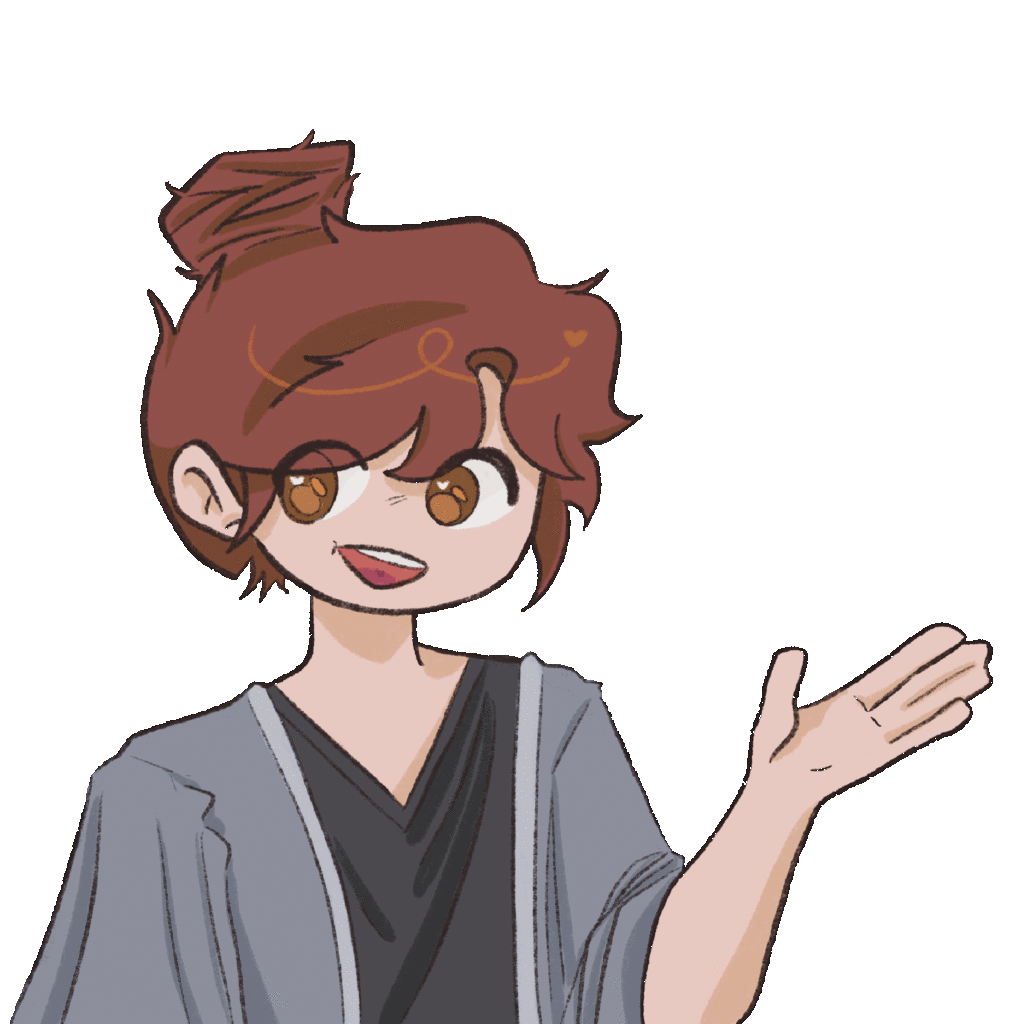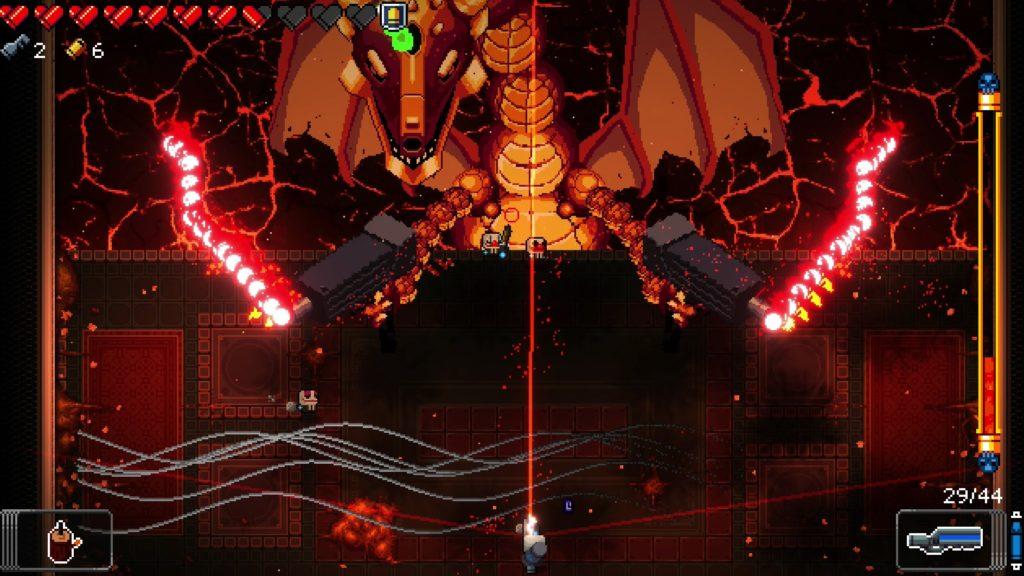A working idea that our group is currently exploring is a drawing game that blends elements of games like Scribbl.io, Telephone, and Spyfall. We’re interested in how players might build meaning visually from partial or hidden information, and how deception might influence that process.
1. Can players successfully interpret partial visual clues to reconstruct a common idea?
This question gets at whether the core gameplay loop of drawing based on limited characteristics is feasible. This would help us determine how vague or specific the given information should be or whether this direction should still be pursued. Using a role prototype, we could show traits and their corresponding drawings to see if players can identify the shared target. For example, traits might be “blue”, “big”, “wet”, “tutu” for the target word “dancing whale”. My prediction is that the ambiguity could be frustrating so we would need to experiment with how relevant the traits are and how specific the target prompts are.
2. Is the deception element engaging or confusing?
Our team would like to incorporate deception, but it could overwhelm players if it’s unclear what the goal is or how to detect them. A hidden role in this case could be a player who doesn’t get a trait or is trying to stray the team away from the right target. This role prototype could test the spy mechanic by assigning secret roles, simulating the game, and then observing whether players naturally attempt to identify the spy or if they’re fixated on just guessing the target. My guess is that players will find deception engaging in theory but they’ll need clearer incentives to care about identifying the spy. Their main focus will probably be guessing the prompt.
3. What should the discussion phase look like?
The discussion phase is core to the strategy and deduction of the game. Understanding how structured or open it should be will shape the game’s tone e.g. if it should lean more chaotic or more strategic. It also affects whether the game should be played in rounds or as one long turn. Using an implementation prototype, we could test the different formats and see whether open discussion, time-boxed rounds, etc. serve the game best. My prediction is that one loosely structured but time-limited round would be sufficient for players to laugh at and interpret the drawings.



